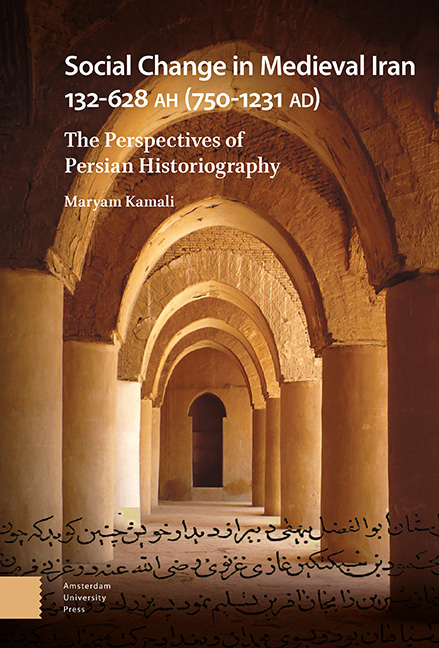Book contents
7 - The ʿAlawites of Tabarestān, the First Shiʿite Dynasty in Iran
Published online by Cambridge University Press: 28 December 2023
Summary
Abstract
The Shiʿites, who had long struggled to gain power, finally achieved their goal in Tabarestān. With the support of the ʿAlawites and the structural resources of Shiʿism, the first Islamic rule was established in Tabarestān. The people of Tabarestān invited Hasan ibn Zeyd, one of the ʿAlawites who was hiding in Ray, to take the lead in this uprising. Hasan ibn Zeyd used the title of the dāʿie to reproduce the social structure of the daʿva in northern Iran. Although the ʿAlawites fought against other local dynasties, their main force was exhausted in the dispute with the Deylami soldiers. The Deylamites, a large military force in Tabarestān which had played a significant role in the establishment of the ʿAlawites, opposed the structure of the ʿAlawites’ power and even cooperated with regional powers in eliminating the ʿAlawites.
Keywords: ʿAlawites, Tabarestān, Hasan ibn Zeyd, dāʿie, Deylamites
The Presence of Shiʿite Agents in the Iranian Structure of Tabarestān
The Shiʿites, who had endured a long history of conflict in their struggle to achieve power in the region, finally succeeded in Tabarestān. The formation of the ʿAlawite government of Tabarestān (250–316 AH/864–928 AD) was the Shiʿites’ response to the question posed by the ʿAbbāsid Caliphate (and that had never been answered). The ʿAbbāsids, who had come to power with the use of Shiʿite structures and on the pretext of protecting their active agents, including Yahyā ibn Zeyd (d. 125 AH/742 AD), now faced a government based on the same structure and in a territory far from the ʿAbbāsids’ reach. This increased their worry.
The presence of Muslims in Tabarestān in the first century of Islam seemed unlikely to achieve due to natural obstacles. The writings of historians show that Zoroastrianism had deep roots in this land, and the people of this region refused to convert to Islam even though it had been spreading into many other parts of Iran for more than two centuries. The Iranian religion had influenced Islam in these lands. Gardizi refers to the people of Tabarestān as “mortad [apostates],” which indicates the presence of Islam in this land.
- Type
- Chapter
- Information
- Social Change in Medieval Iran 132-628 AH (750-1231 AD)The Perspectives of Persian Historiography, pp. 141 - 150Publisher: Amsterdam University PressPrint publication year: 2023

